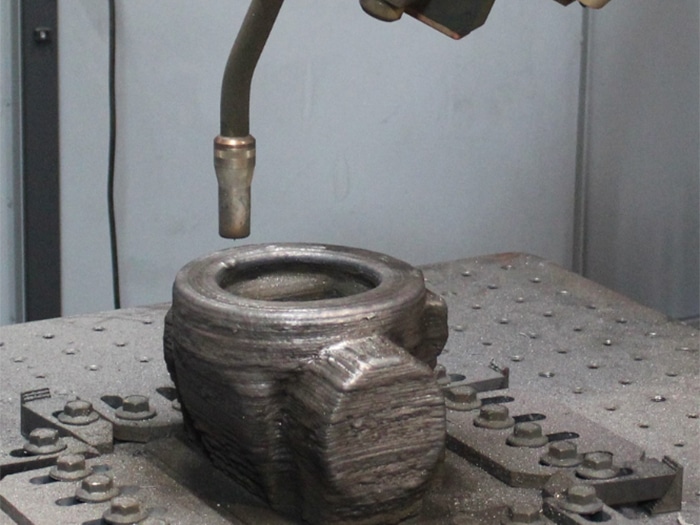The International Association of Classification Societies (IACS) has released a new recommendation for standardizing the use of additive manufacturing in marine and offshore applications. The guidance, known as Rec.186, provides a framework for qualifying, approving, and certifying 3D printed metallic parts used in maritime settings.

The recommendation covers three main additive manufacturing processes: Powder Bed Fusion, Directed Energy Deposition, and Binder Jetting. It introduces a three-tier testing system based on application criticality and establishes protocols for feedstock qualification, including guidelines for material recycling.
IACS has aligned the new standards with existing international frameworks, including ISO/ASTM 52900 and AWS D20.1. The recommendation also integrates with current Unified Requirements for materials and welding, ensuring consistent safety and reliability standards across manufacturing methods.
The guidelines address specific technical challenges in marine additive manufacturing, including material selection, design optimization, and inspection procedures. A particular focus is placed on non-destructive testing methods, such as CT scans, to detect potential issues like porosity or fusion problems that can occur in 3D printed parts.
“In developing Rec 186, IACS is seeking to safeguard the benefits offered by additive manufacturing by ensuring it is underpinned by a standardised framework for verification and certification that gives confidence to all parties,” said Alexandre Astruc, Chair of IACS’ Expert Group on Materials & Welding. The organization plans to continue working with industry stakeholders to expand the use of additive manufacturing in marine applications.
Source: safety4sea.com

